Keep Calm & Teach Chemistry
A variety of resources mostly for teaching Chemistry: Presentations that support lessons or practical work. 'Interesting animations built into PowerPoint slides' Ideal for AQA Exam board. #Chemeducation for corrections and updates


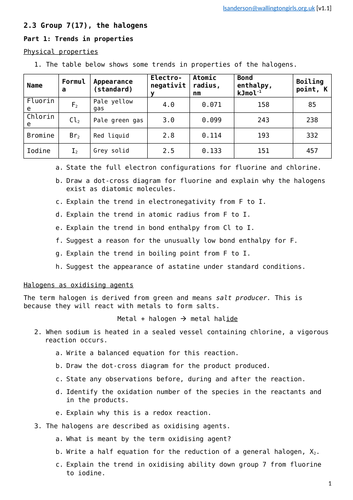
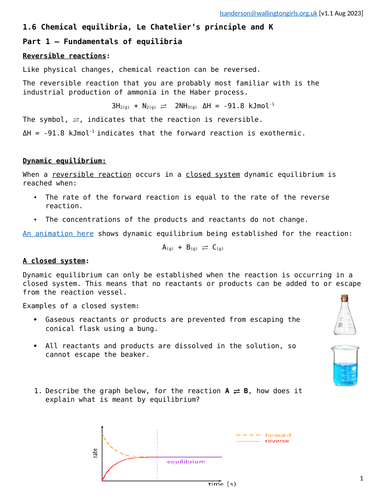



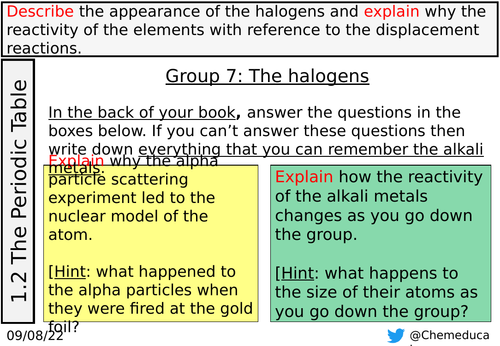
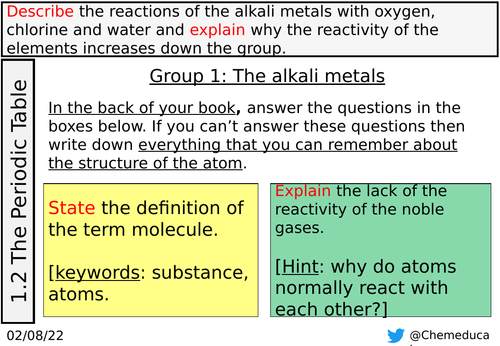
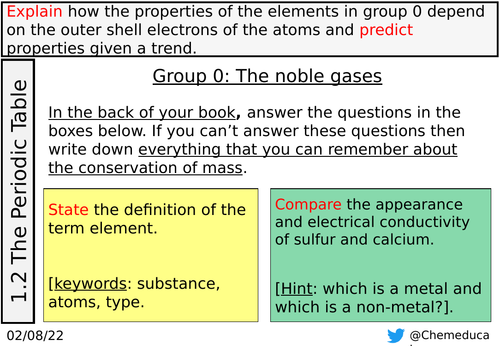
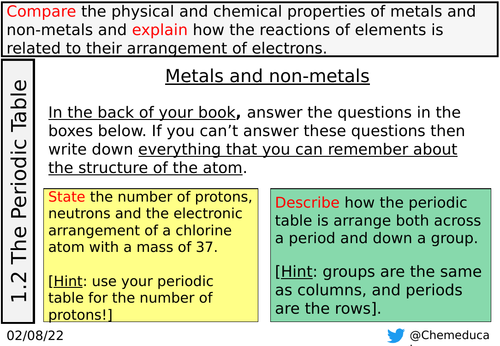


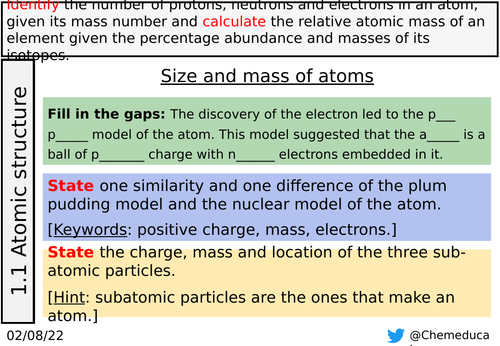



![AQA A-Level Chemistry [3.3.4.3] Addition polymers [New Specification (2016-)]](https://dryuc24b85zbr.cloudfront.net/tes/resources/11828889/image?width=500&height=500&version=1517696163468)
![AQA A-Level Chemistry [3.3.4.2] Addition reactions of alkenes [New Specification (2016-)]](https://dryuc24b85zbr.cloudfront.net/tes/resources/11828886/image?width=500&height=500&version=1517696043244)
![AQA A-Level Chemistry [3.3.4.1] Structure, bonding & reactivity [New Specification (2016-)]](https://dryuc24b85zbr.cloudfront.net/tes/resources/11828884/image?width=500&height=500&version=1557660823057)
![AQA A-Level Chemistry [3.3.4] Alkenes [New Specification (2016-)]](https://dryuc24b85zbr.cloudfront.net/tes/resources/11828872/image?width=500&height=500&version=1517695186266)
![AQA A-Level Chemistry [3.1.4] Energetics [New Specification (2016-)]](https://dryuc24b85zbr.cloudfront.net/tes/resources/11810965/image?width=500&height=500&version=1557660678121)